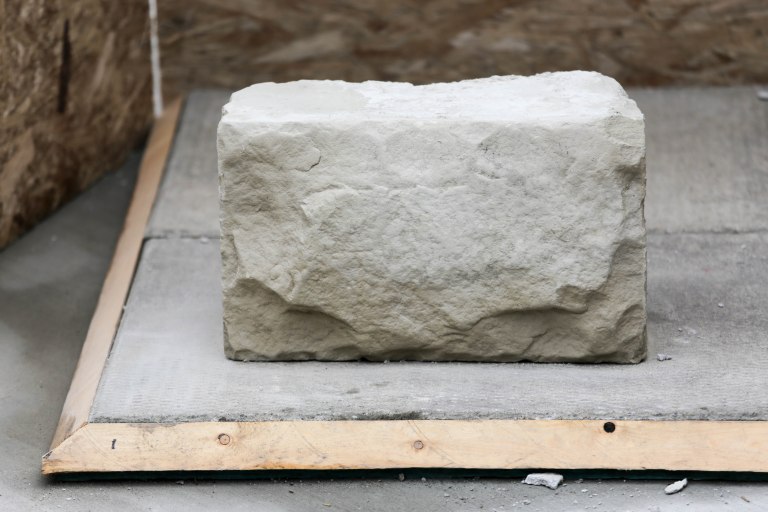
We’re moving in slow motion towards the last week of September. If all goes well, the 29th will be a shifting point, when semi-private space of cSPACE-under-construction transitions into the public context of cSPACE-open-to-all. Yesterday, Today, Tomorrow will move along with it, from realms of the imagination into real time + real place…
…provided our hourglasses arrive from the UK in time, our sandstone is properly crushed and sieved, our metalwork can be engineered, laser-cut, and fabricated, our installation goes according to plans, and dozens of other small (but significant) considerations fall perfectly into place. We are entering into the mad dash, and uncertainty + strategy run hand in hand.
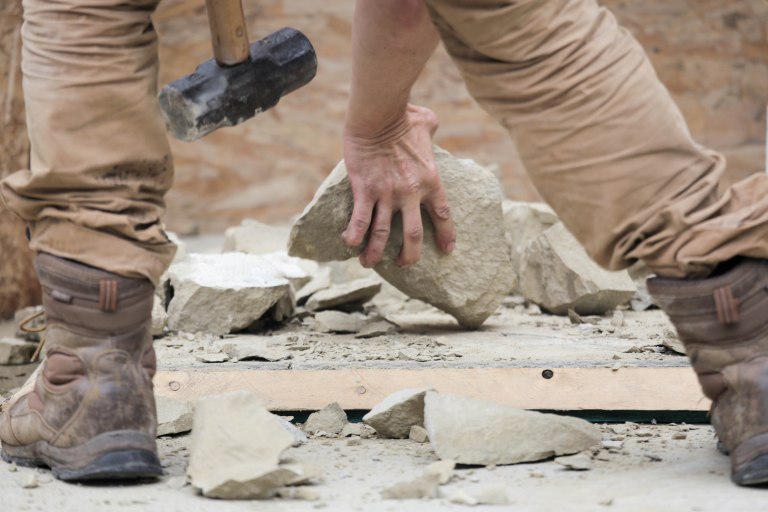
Our latest adventures have been geological: sandstone bricks, harvested from the wall of King Edward School’s west wing (currently being adapted into a glass theatre space), are being crushed down into buckets of broken rocks and dust, and then separated into different sizes of particulate using geological sieves.
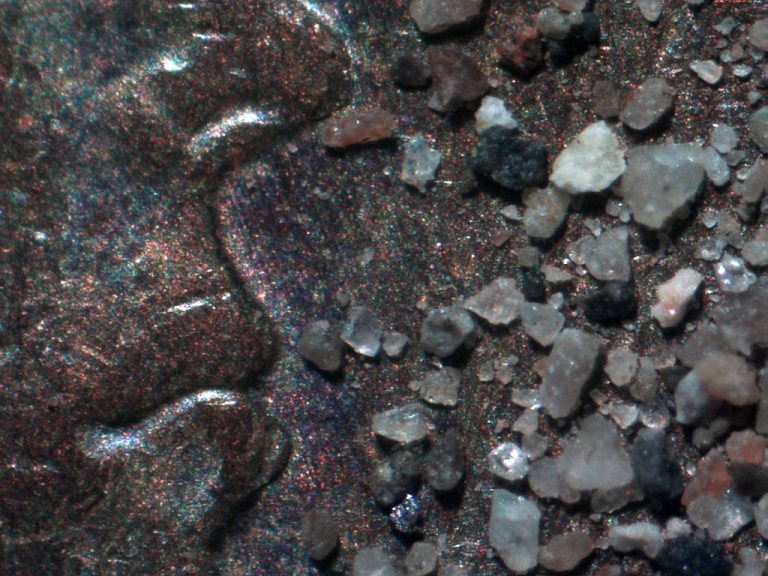
The coarse sand (seen above, magnified on the surface of a penny) will be used in our hourglasses. With the swing of a sledgehammer, thousands of years of compression is broken; time is literally being crushed from rocks, released in puffs of powdered stone.
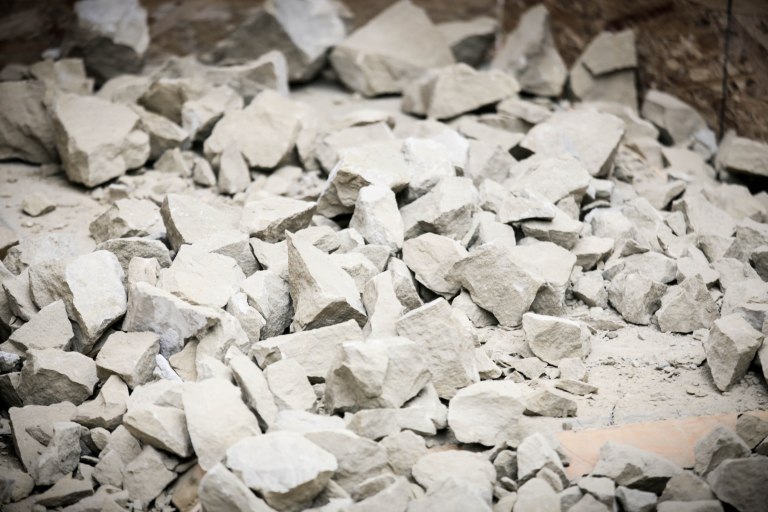
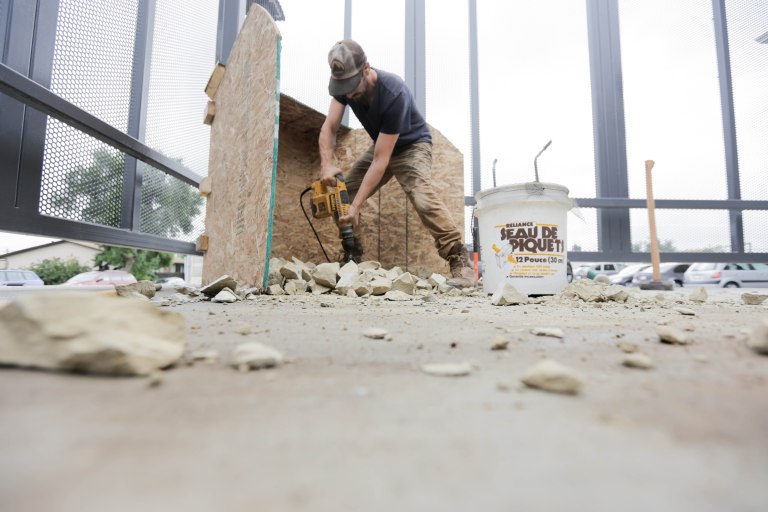
The ritual of crushing sandstone is swift, violent, and physical, but not without tenderness. Lane hand-carved a new handle for his sledgehammer, and welded a custom rock crusher with the help of a friend. We feel the value of these historic bricks, formed naturally through weight + water, mined from a Calgary quarry (long closed), carved into the walls of King Edward School, weathered by time, scarred by chicken-scratch graffiti, and enduring wave after wave of renovations before being released from their structural counterparts, cracked open, abruptly transformed.
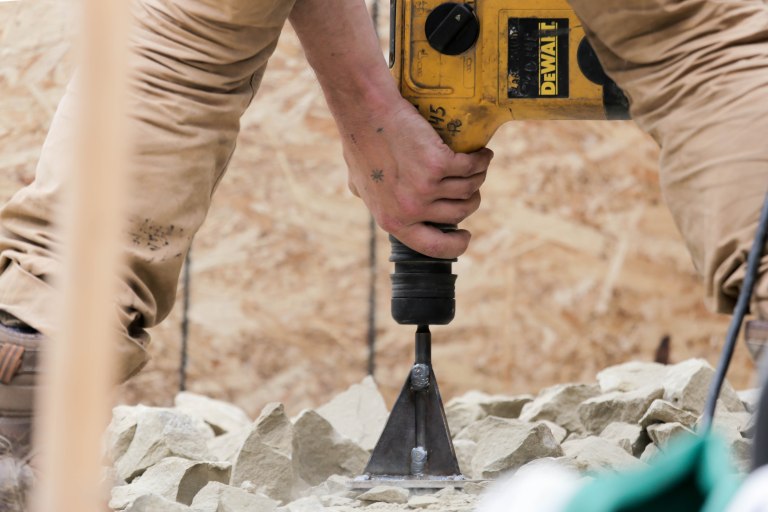
This process is far from scientific – deconstructive, reductive, transformative, and dirty – and yet there is a relationship between the science and the art of rock crushing, a re-appropriation of tools and languages, a critical side-step towards a new set of measurements. Perhaps its imprecision is precisely what allows this process a kinship with time travel. Perhaps it’s the relationship between hand + rock, and the weightiness of knowing an ‘inanimate’ object is many, many times our own age, and will last many, many times longer than our flesh and bone. But in translating experiential time (kairos) into sand, there is a melding between organic and sedimentary, and each takes on the time of the other.



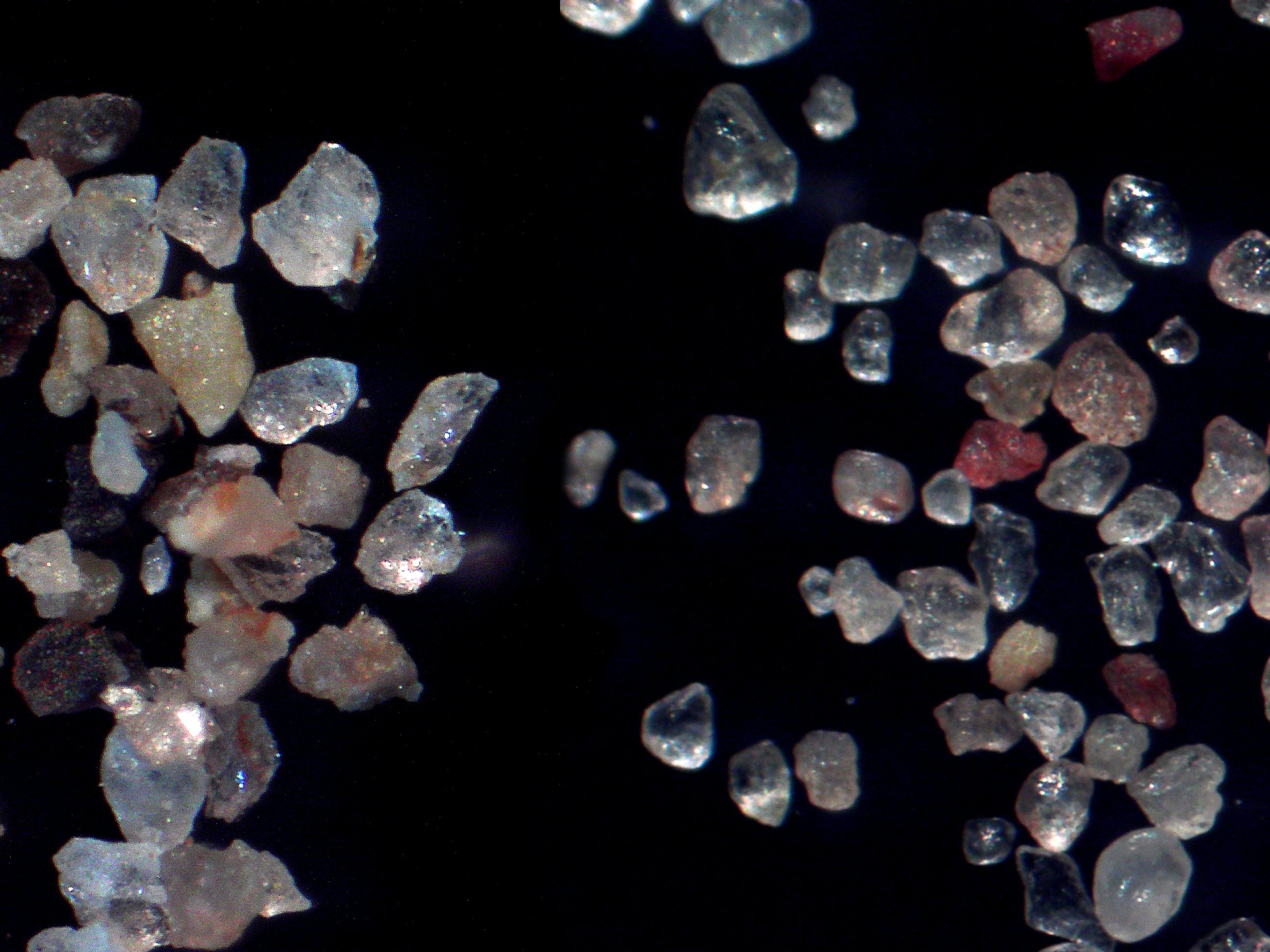




2 thoughts on “Time from Rocks”